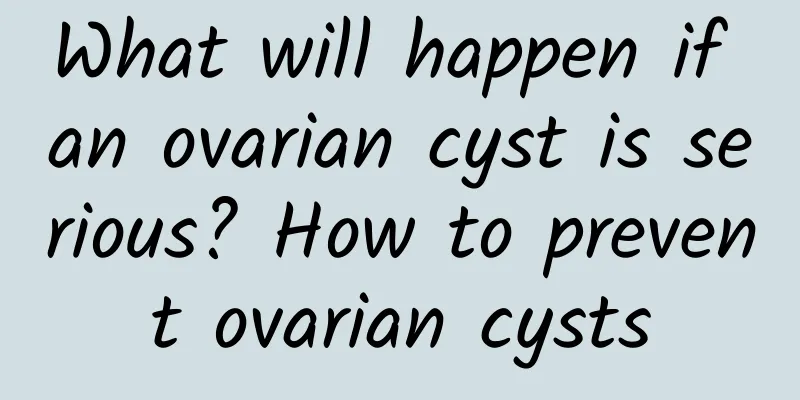What are the symptoms and hazards of adenomyosis?

|
Treatment of adenomyosis can relieve symptoms through medication, surgery and lifestyle adjustments. Its occurrence is related to factors such as endometriosis and hormone levels. Common symptoms include dysmenorrhea, abnormal menstruation, and pelvic pain. In severe cases, it can lead to infertility or anemia. 1. Symptoms: One of the main symptoms of adenomyosis is progressively worsening dysmenorrhea, which usually starts 1-2 days before menstruation and lasts until the end of menstruation. Patients may also experience increased menstrual flow and prolonged menstruation, and some may have irregular bleeding. Some patients will feel persistent pain in the pelvic area, especially during sexual intercourse or bowel movements. Due to heavy and prolonged menstrual flow, some patients may develop iron deficiency anemia, manifested as fatigue, dizziness and other symptoms. 2. Potential hazards: Adenomyosis may affect reproductive function, leading to infertility or increased miscarriage rate; as the disease progresses, the size of the uterus gradually increases, which may compress adjacent organs and cause symptoms such as frequent urination and constipation; abnormal uterine contractions and chronic pelvic pain may affect the patient's quality of life and lead to increased psychological stress; long-term heavy menstrual flow may lead to severe anemia, which requires timely intervention. 3. Treatment management: Drug treatment includes non-steroidal anti-inflammatory drugs such as ibuprofen, hormonal drugs such as GnRH agonists and oral contraceptives; surgical treatment can choose lesion resection, uterine artery embolization or hysterectomy; in terms of diet, it is recommended to consume more iron-rich foods such as lean meat and spinach, and reduce spicy and irritating foods; moderate exercise such as yoga and walking can help relieve symptoms, and attention should be paid to psychological adjustment, and professional psychological support should be sought when necessary. The treatment plan for adenomyosis needs to be formulated according to individual conditions. Early detection and intervention can help alleviate symptoms and prevent complications. Patients are advised to have regular check-ups and actively cooperate with the doctor's treatment. |
<<: What tea to drink for uterine adnexitis
>>: How long can I not eat after a painless abortion?
Recommend
How to protect the fetus when there are signs of miscarriage?
Threatened abortion is a topic that many mothers ...
What should women pay attention to in post-abortion care
What should women pay attention to when taking ca...
Interpretation of the etiology of Trichomonas vaginitis from the perspective of traditional Chinese medicine
Among the many views on the causes of trichomonia...
Can patients with chronic cervicitis eat fish? Patients with chronic cervicitis should try not to eat these foods
Whether patients with chronic cervicitis can eat ...
How to calculate the safe menstrual period
The calculation of the safe period is usually bas...
How to treat a 3 cm cyst on the left ovary
Women of all ages can suffer from left ovarian cy...
Experts explain several common ways of spreading adnexitis
Many female friends may not know that the bacteri...
Is it difficult to implement a balanced diet? Learn 10 tips for healthy eating and eat right nutrition easily
It is often said that a balanced diet is very imp...
What are the symptoms of ovarian cysts
For female friends, it is very unfortunate to suf...
What is an ovarian cyst
Ovarian cyst is a common gynecological disease, w...
Are the symptoms of hyperprolactinemia obvious?
Hyperprolactinemia is a very common disease, whic...
Is eating red dates useful for irregular menstruation? This is how to eat it
Jujube has always been one of the favorite foods ...
What are the good folk remedies for treating cervical erosion? Women can choose three folk remedies for treating cervical erosion
In clinical practice, cervical erosion is a commo...
What are the causes of uterine fibroids? Can uterine fibroids cause uterine hypertrophy?
Uterine fibroids are a common benign gynecologica...
There are some tips to prevent cervical precancerous lesions
Cervical precancerous lesions rank among the high...









